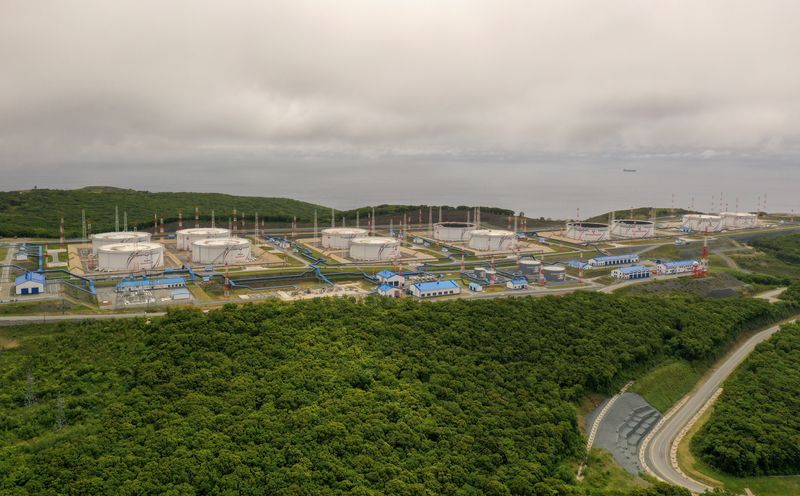Oil picks up after selloff on possible Middle East ceasefire
By Paul Carsten
LONDON (Reuters) -Oil prices rose on Tuesday after falling more than $2 a barrel in the previous session as investors took stock of a potential ceasefire between Israel and Lebanon's Hezbollah, which had weighed on oil's risk premium.
Brent crude futures were up 73 cents, or 1%, to $73.74 a barrel as of 1018 GMT. U.S. West Texas Intermediate crude futures were at $69.62 a barrel, up 68 cents, also 1%.
Prices fell sharply on Monday after multiple reports that Israel and Lebanon had agreed to the terms of a deal to end the Israel-Hezbollah conflict. A senior Israeli official said Israel looks set to approve a U.S. plan for a ceasefire on Tuesday.
Market reaction to the ceasefire news was "over the top" as the broader Middle East conflict has "never actually disrupted supplies significantly to induce war premiums" this year, said senior market analyst Priyanka Sachdeva at Phillip Nova.
A ceasefire in Lebanon would reduce odds of the incoming U.S. administration imposing more sanctions on Iranian crude, said ANZ analysts.
Iran supports Hezbollah and is an OPEC member, producing around 3.2 million barrels per day.
In Europe, Kyiv was under a sustained Russian drone attack on Tuesday, the city's mayor said.
Elsewhere, OPEC+ may consider leaving its current oil output cuts in place from Jan. 1 at its next meeting on Sunday. The producer group is already postponing hikes amid global demand worries.
On Monday, Trump said he would impose a 25% tariff on all products coming into the U.S. from Mexico and Canada. It was unclear whether this would include crude oil .
The vast majority of Canada's 4 million bpd of crude exports go to the U.S. Analysts have said it is unlikely Trump would impose tariffs on Canadian oil, which cannot be easily replaced since it differs from grades that the U.S. produces.
"Contrary to today's sell-off in risk assets, I think the tariff announcements are actually risk-positive because they are lower than consensus expectations," said market analyst Tony Sycamore at IG.
Trump separately outlined "an additional 10% tariff, above any additional tariffs" on imports from China. It was not entirely clear what this would mean for China as he has previously pledged to slap tariffs on Chinese imports in excess of 60%.
For the time being, markets are eyeing Trump's plan to increase U.S. oil production, which has been near record levels throughout 2022 to 2024 and absorbed supply disruption from geopolitical crises and sanctions, Phillip Nova's Sachdeva said.
Source: Investing.com
